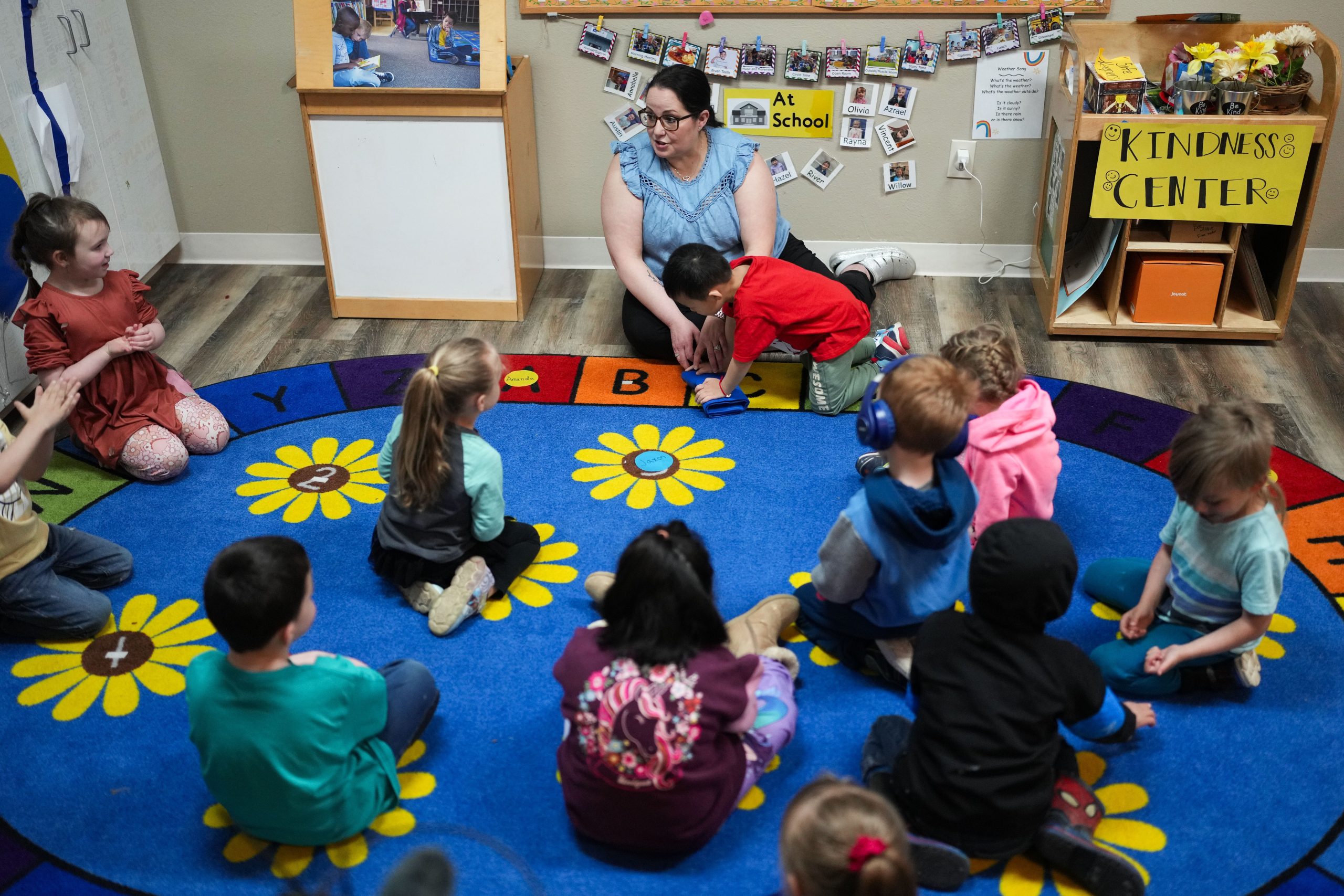Thousands of military families are bracing for a potential crisis as uncertainty looms over federal food assistance. Two judges on Friday ordered the Trump administration to draw on $5.3 billion in emergency funds to cover part of the November Supplemental Nutrition Assistance Program (SNAP) benefits — but that total falls short of the $9 billion required.
President Trump said he would release the money but sought legal guidance from the courts on how to do so. The partial relief still leaves millions of Americans — including many military families — facing an anxious month ahead.
“We’re hearing in real time stories from families that are incredibly alarming,” said Kara Pappas of the Military Family Advisory Network (MFAN). Many of those affected are younger service members or Guard and Reserve families who already live paycheck to paycheck.
Although paychecks for active-duty and mobilized Guard troops were secured, many households depend on second incomes from spouses employed in federal jobs — positions now at risk of furlough. “These are families making impossible choices between car payments and groceries,” said Pappas.
Eileen Huck of the National Military Family Association said that pay discrepancies and furloughs are compounding stress. “If finance offices are closed, there’s no one for families to call to resolve pay issues,” she noted.
Even before the shutdown, food insecurity was a widespread issue in the military community. One in four military households struggles with food insecurity, according to USDA and MFAN data. The Pentagon estimated in 2020 that up to 4,620 service members relied on SNAP benefits, though earlier reports suggested as many as 22,000.
Veterans are also being affected: more than one million face food insecurity, according to a 2023 Rand Corp. study.
The strain on community food programs is mounting. The Armed Services YMCA reported a 30% rise in demand near bases. MFAN’s emergency grocery program received 50,000 applications within three days — far more than it can serve with current resources.
The judges’ order may offer some relief, but the partial funding leaves uncertainty. “It’s heartbreaking,” Pappas said. “Families are doing everything right, and they’re still falling behind.”
The original article is available here.










